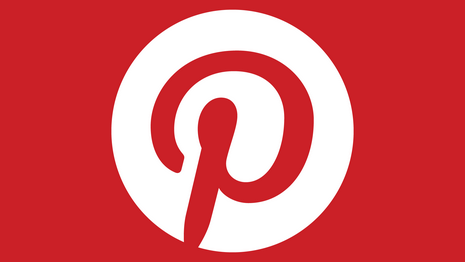Hello Solopreneurs!
Affiliate marketing is a powerful way to generate passive income, but with so many platforms available, choosing the right one can be overwhelming. If you’re looking for a platform that offers evergreen traffic, high engagement, and a buying-ready audience, Pinterest is your answer. This visual search engine is a goldmine for affiliate marketers who know how to leverage its unique features. In this guide, we’ll explore how you can unlock the power of Pinterest to boost your affiliate sales and reach your dream audience.
Why Pinterest is a Game-Changer for Affiliate Marketers
Unlike traditional social media platforms, Pinterest acts more like a search engine. Users come to Pinterest to discover new ideas, plan projects, and make purchasing decisions. This means that your content can remain relevant for months or even years, driving consistent traffic to your affiliate links.
Some key benefits of using Pinterest for affiliate marketing include:
- Evergreen Traffic: Pins can generate traffic long after they’ve been posted.
- High Conversion Rate: Pinterest users often have high purchase intent.
- SEO-Friendly: Pinterest functions as a search engine, making keyword optimization crucial.
- Visual Appeal: Eye-catching images attract more engagement and clicks.
Step-by-Step Guide to Using Pinterest for Affiliate Marketing
1. Optimize Your Pinterest Profile
Start by setting up a business account, which gives you access to analytics and rich pins. Optimize your profile with:
- A professional profile picture
- A compelling bio with keywords
- A link to your website or affiliate page
2. Create Niche-Specific Boards
Your boards should be aligned with your affiliate marketing niche. For example, if you’re promoting digital marketing tools, create boards like “Best Blogging Tools” or “Social Media Marketing Tips.”
3. Design Click-Worthy Pins
Pinterest is a visual platform, so your pin design matters. Here are some tips:
- Use bright colors and high-quality images
- Add bold, readable text
- Keep a consistent branding style
- Use Canva or Adobe Express to create professional designs
4. Leverage SEO for Maximum Visibility
To ensure your pins reach the right audience, optimize them with relevant keywords. Include keywords in:
- Your pin title
- The pin description
- Board names and descriptions
- Image alt text
5. Write Engaging Pin Descriptions
A compelling description encourages users to click your affiliate link. Keep it informative and persuasive, and include a clear call-to-action (CTA) like “Click to discover the best tools for bloggers!”
6. Join Pinterest Group Boards and Tailwind Tribes
Collaborate with other pinners by joining group boards related to your niche. Additionally, use Tailwind Tribes to expand your reach and get more exposure for your pins.
7. Use Idea Pins to Build Engagement
Pinterest’s Idea Pins (formerly Story Pins) allow you to create multi-page content that keeps users engaged. While these don’t support direct affiliate links, you can use them to build trust and drive traffic to your blog or landing page.
8. Pin Consistently with a Scheduling Tool
Pinterest rewards consistency. Instead of manually pinning daily, use scheduling tools like Tailwind to automate and optimize your posting schedule.
9. Track Performance and Optimize
Monitor your Pinterest Analytics to see which pins are driving the most traffic and conversions. Use this data to refine your strategy and focus on what works.
Best Practices for Pinterest Affiliate Marketing
- Disclose Affiliate Links: Always follow FTC guidelines by adding a disclosure like “This post contains affiliate links.”
- Balance Content and Promotions: Mix affiliate pins with informative and helpful content to keep your audience engaged.
- Stay Updated with Pinterest Trends: Follow Pinterest’s trends and adapt your strategy accordingly.
Conclusion
Pinterest is a powerful platform for affiliate marketers looking to drive long-term traffic and sales. By optimizing your profile, creating eye-catching pins, leveraging SEO, and pinning consistently, you can turn Pinterest into a steady source of affiliate revenue. Start implementing these strategies today and watch your affiliate income grow!
Are you ready to unlock the power of Pinterest for your affiliate business? Let me know in the comments!



